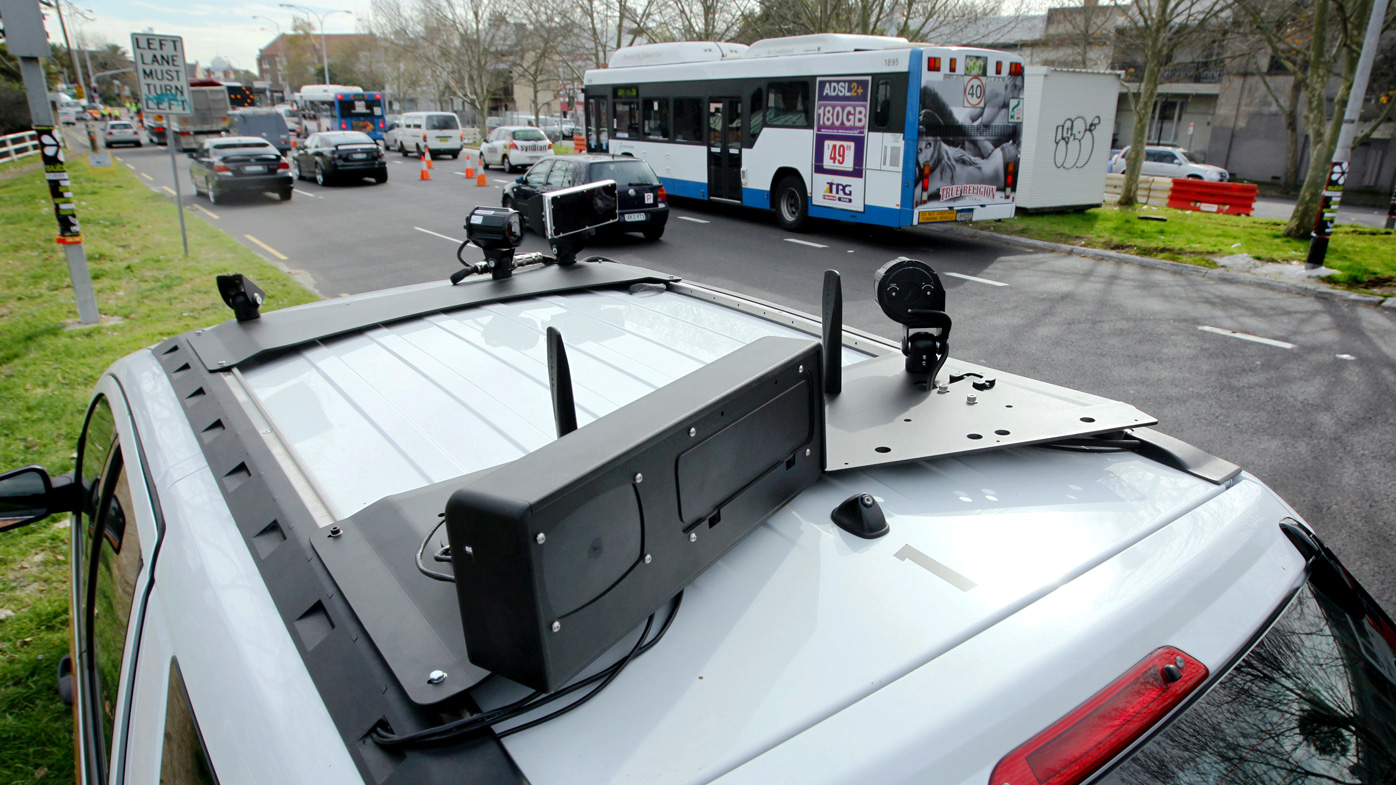These are the graphs that show the dramatic multi-million-dollar rise in fines coming from secret speed cameras in Sydney and across New South Wales.
NSW Opposition Leader Chris Minns has slammed the government's tactic as a "revenue-raising" strategy which he claims will not help save lives.
The NSW Government has defended the $15.93 million in fines raked in over the first five months of the year, compared to $872,000 in the same period last year, and is set to ramp up coverage of its speed cameras even further.
Toggle the interactive graphic below to see the number of fines, revenue generated and how money is spent.
As reported earlier by 9news.com.au, there has been a 1599 per cent increase in low-range speeding fines, deemed as less than 10km/h over the limit, since the NSW Government introduced secret mobile cameras and removed mobile camera warning signs last year.
From an average of 1634 fines a month, the number of under 10km/h speeding fines exploded to a peak of 27,760 in March this year.
And the number of fines being doled out each month will rise again, with the state's speed camera operations set to triple its operational hours.
The company which partners with the government's speed camera campaign recently advertised 91 jobs for speed camera operators to work on Sydney's roads.
And the latest technology makes it possible for mobile speed cameras to snap drivers who are going too fast on both of sides of the road.
"We need to do everything we can to save lives on our roads but this is a revenue-raising tactic to prop up the budget," Mr Minns, the new NSW Labor leader, said.
"This policy will make families and tradies poorer, but it won't make our roads safer."
Warning signs and high-visibility policing were more likely to change driver behaviour than a fine sent one month after the offence, he claimed.
NRMA spokesman Peter Khoury told 9news.com.au speed camera warning signs were "important" to have on the road because they make drivers slow down.
"The goal is to slow people down in order to save lives," he said.
"These cameras are meant to go into places where there is a crash history in areas that have been deemed as being a risk or unsafe.
"And that's exactly the location that you want people checking their speed."
READ MORE: State government raking in millions of dollars in fines

Transport for NSW deputy secretary for safety Tara McCarthy said there was a lot of focus on how many people are being fined when "the real issue" is how many people were speeding.
"Nobody likes getting a fine in the mail but what's much worse is getting a knock on the door to say a loved one has been hurt, or killed, in a crash where the driver was speeding," she said.
But the secret speed camera strategy does not sit well with everyone in government.
Wagga Wagga-based Nationals MLC Wes Fang said speed cameras with no warning signs are "unfair" – particularly on rural drivers - and he agreed it was an act of "revenue-raising".
"Given the number of speed tickets we've seen issued, there's no doubt that we are going to see people start to lose their licences very soon, for what is minimal, you know, (driving) very little over the speed limit," he told 9news.com.au.
"Certainly the budget figures show a massive jump in the revenue generated by speed cameras.
"We've got these rivers of gold from the speed cameras," Mr Feng said, adding, "I do believe it's revenue-raising."
READ MORE: Why Australia's road death toll has plateaued
But Ms McCarthy, from Transport for NSW, insisted speed limits are in place for a reason, and that drivers should never exceed them.
"There is no such thing as safe speeding – every kilometre over the speed limit makes a difference."
Latest government figures show 149 people have died on NSW roads this year, compared to 145 this time last year.
Ms McCarthy said the number of people killed on NSW roads in 2020 was the lowest in 97 years, in part by less traffic on the roads from the coronavirus and bushfires.
"Comparing against the last three-year average we are down by 19 deaths in this past six months," she said.
Words: Mark Saunokonoko
Interactives: Tara Blancato
